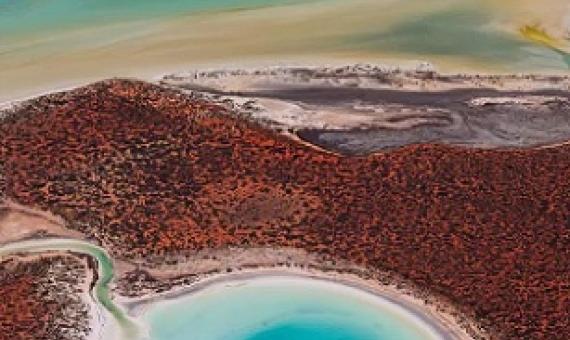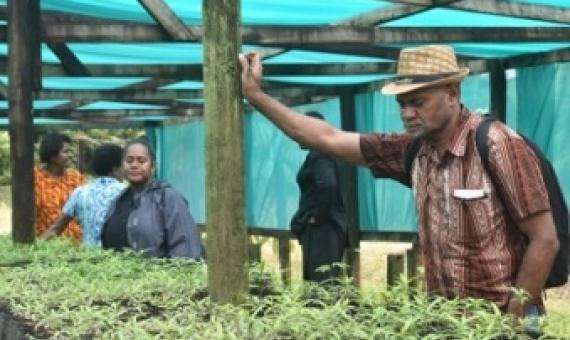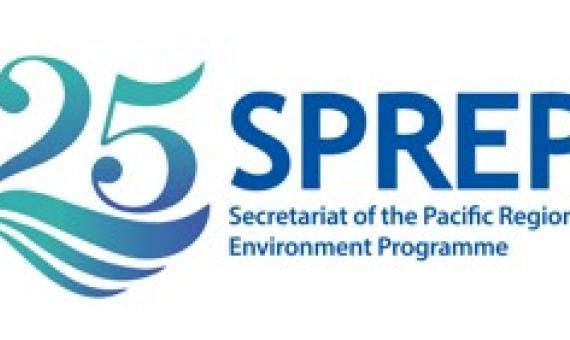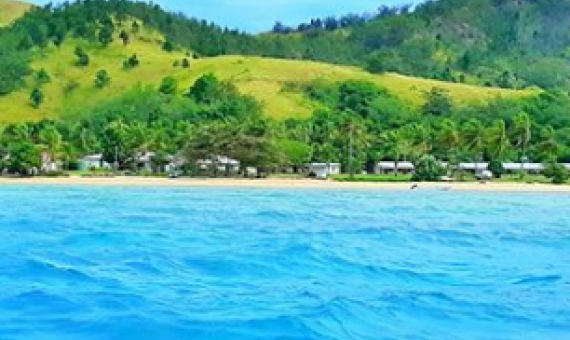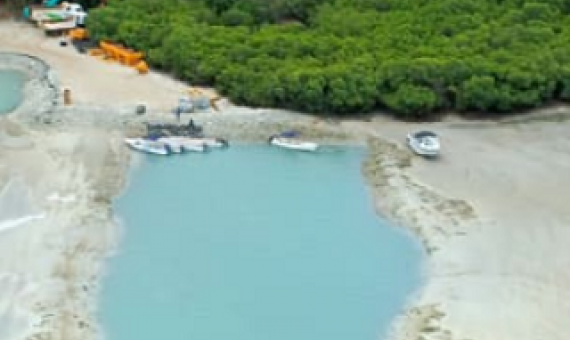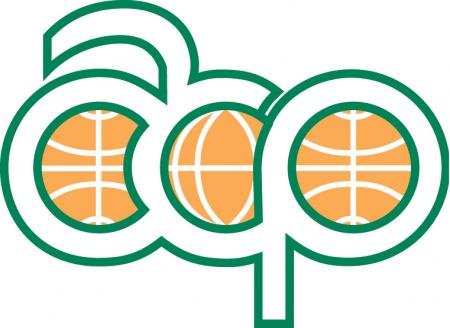Mangrove management handbook
Mangrove is a type of forest growing along tidal
mudflats and along shallow water coastal areas extending
inland along rivers, streams and their tributaries where
the water is generally brackish. The mangrove ecosystem
is dominated by mangrove trees as the primary producer
interacting with associated aquatic fauna, social and
physical factors of the coastal environment.Available onlineCall Number: [EL]ISBN/ISSN: 971-91925-6-9Physical Description: 118 p.

